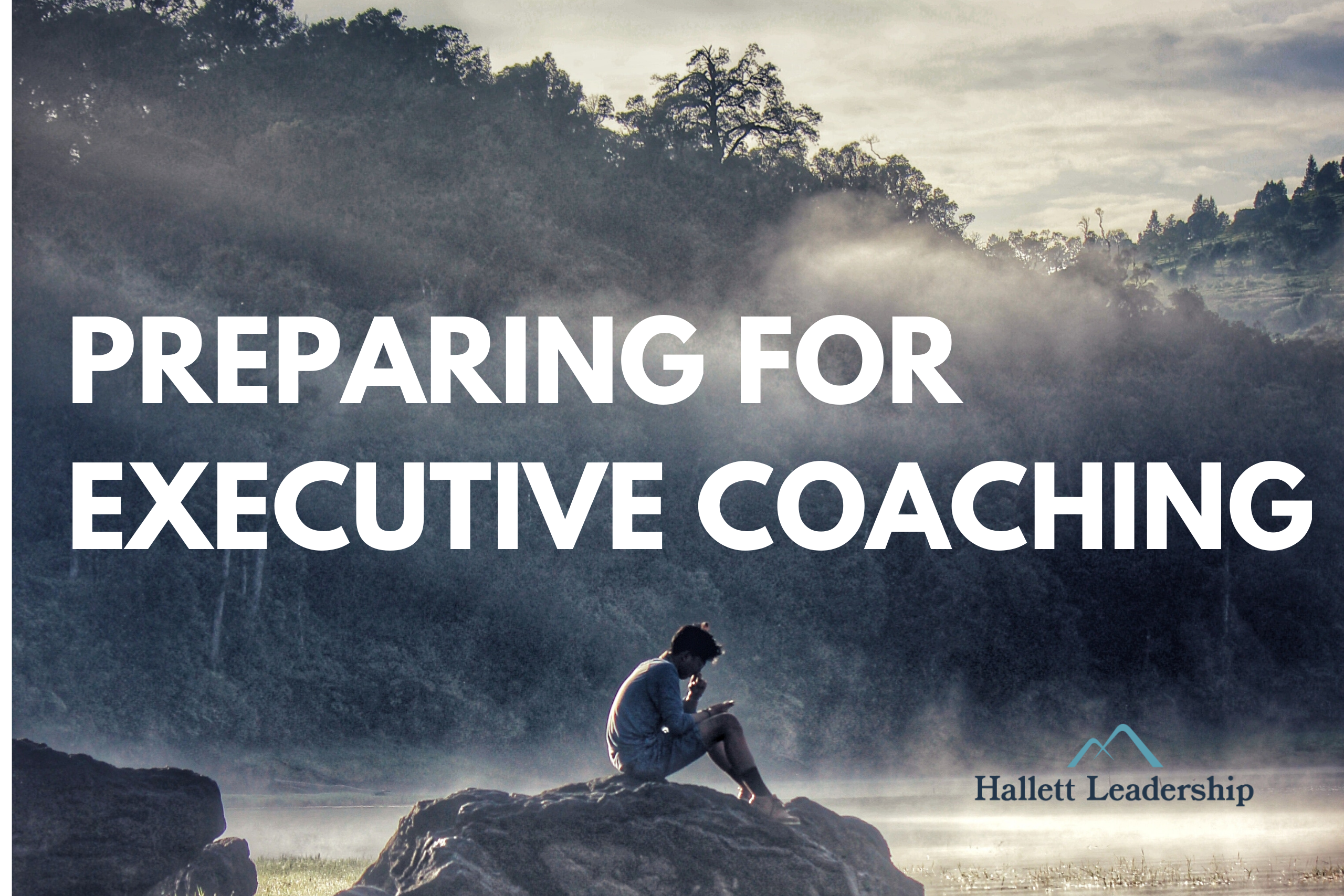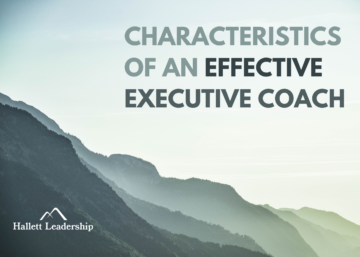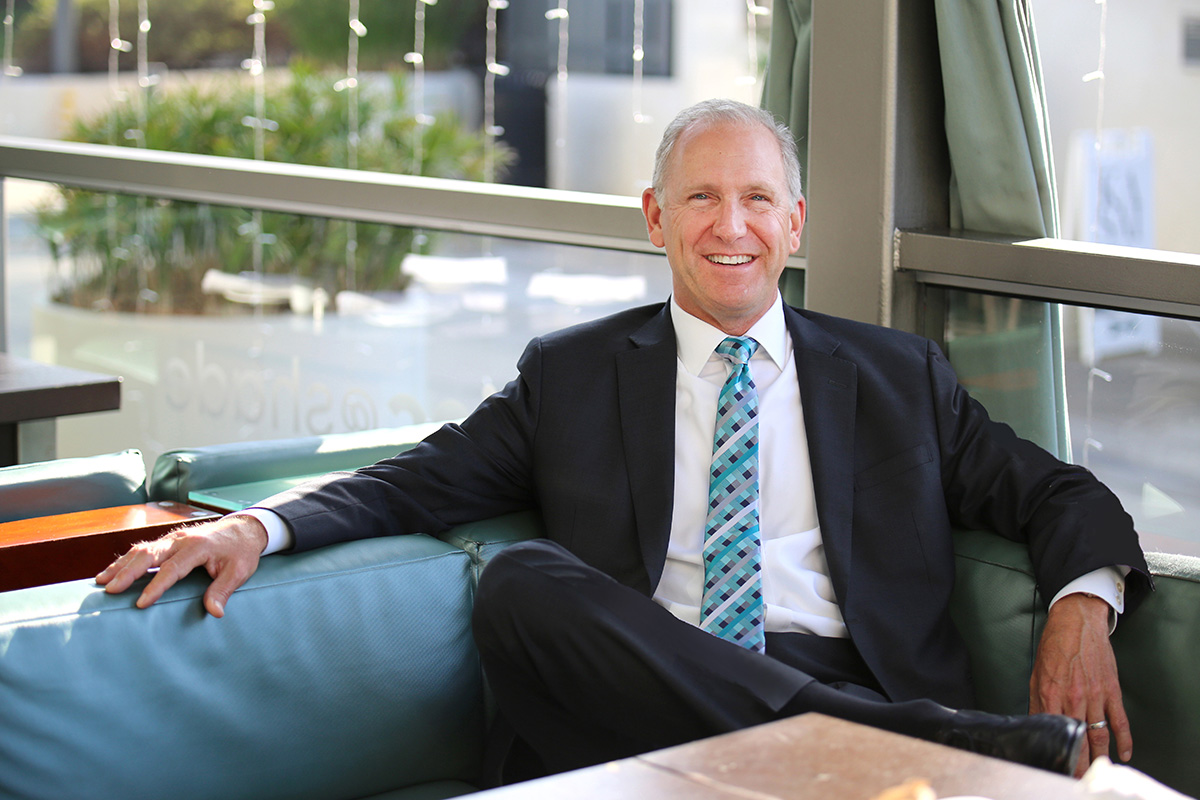Today we are offering a few ideas on how to prepare for executive coaching in order to get the most out of your investment.
In the past, there was a common perception that executive coaching was reserved solely for managers and c-suite executives that needed help, or to be “fixed” in some way. Although this was a false perception, many business leaders feared that working with a coach would reflect negatively on them.
Times have changed. To take one example, emotional intelligence training used to be considered only necessary for lower performers, but is now commonplace and in high-demand. Executive coaching is similarly no longer perceived as a remedy for low performance, but a powerful means of giving high performers a competitive edge. Working with a coach has even come to be something of a status symbol for executives and managers.
Great coaching is not prescriptive. It grows from a relationship and dialogue, and the client is accountable for taking powerful action on insights gleaned from the coaching sessions.
Start a journal. It will come in handy throughout the term of your coaching (and beyond.) We propose that you begin on page one of your new journal with some of the prompts that appear below.
Keep in mind that your coach is likely to lead you through discussion on each of the following topics at the beginning of an executive coaching engagement. For the purposes of maximizing the precious time allotted for one-on-one meetings, we strongly encourage you to reflect on these as deeply as you can before your first meeting. As with anything, the more you put in, the more you will get out…
Establish A Vision
Begin by establishing a vision of what a successful collaboration with your coach would look like. Consider these questions in your journal:
- If your executive coaching is successful, what would that look like? How do you visualize yourself as an optimal leader? What is your desired final outcome?
- How would you feel if you are successful?
- What would your world look like if you embrace this vision and commit to carrying it out – in terms of both your company and at home?
- How would success influence your family, and your personal life?
Take Inventory Of Your Current Condition
Having established a rough draft of your vision, replete with imagery and desired emotional states related to a successful executive coaching engagement, it is time to assess your current condition:
- What is going well with your career?
- What could be better?
An easy way to assess yourself in these two categories is to take notes on a single sheet of paper with a single line drawn down the middle – on the left side what is going well, on the right side what could be going better.
At Hallett Leadership, we engage the KEEP-DELETE-CREATE NEW methodology. That is, what to keep (what is working), what to delete (what to get rid of), and what to create new.
- In light of your assessment of what is going well and what could be better – what beliefs, habits and behaviors do you keep?
- What do you delete?
- What new habits, behaviors, policies can you create to advance toward your desired vision?
Remember that you will be covering all of these in session with your coach, and that this list is a work in progress. There are no “wrong” answers. Your responses are highly likely to develop as your coach asks questions to elicit ideas you haven’t considered yet. Nonetheless, having put some advance thought into your current state of affairs will only increase the effectiveness of the valuable time you have allotted to meet with your coach
Reflect Upon Goals & Write Them Down
Having written down your first pass at what to keep, delete, and create new in your career, it is time to brainstorm some goals that would keep you focused on these changes in your work and life.
Write several goals down. They could be of a more tactical nature (i.e. “review KPI’s each Monday with the CMO”), a more interpersonal nature (i.e. “check in with the team on how they feel about their engagement level and workload”), or something related to wellness and self-care (i.e. “eat a healthy breakfast and go to at least 2 pilates classes a week.”)
Once you have gotten your goals down, address each of the following questions:
- Are the goals in alignment with my vision?
- Are the goals measurable and achievable?
- If successful in achieving the goals, how will I regard myself?
- If successful in achieving the goals, how might my peers and bosses in the company regard me?
Bring An Open Mind
Finally, bringing an open mind to coaching is absolutely essential. At Hallett Leadership we encourage all of our coaching clients to be at least 1% open.
We utilize the Discovery Model. It is a framework for discovering and developing new beliefs, perspectives and behaviors. It can involve challenging our historic belief systems. These are belief systems that have carried us up to the present, but may not all be useful in helping us advance to the next level. We frequently are called upon in life to develop new belief systems and behaviors that will enable us to realize our goals and aspirations.
Bringing an open mind is the first step toward developing awareness of our old habits and beliefs, and supporting us in developing new ones.
Conclusion
We can assure you that if you invest the time to reflect on the items listed above, you will begin your coaching engagement with momentum that will surprise and delight your coach, and you will advance with greater speed and surety than those who adopt a more passive “wait and see” position.
We wish you the best of luck in your journey to leveling up your leadership skills and achieving your career goals through executive coaching. Please get in touch if you are ready to explore the prospect of executive coaching for yourself, or other members of your team.





